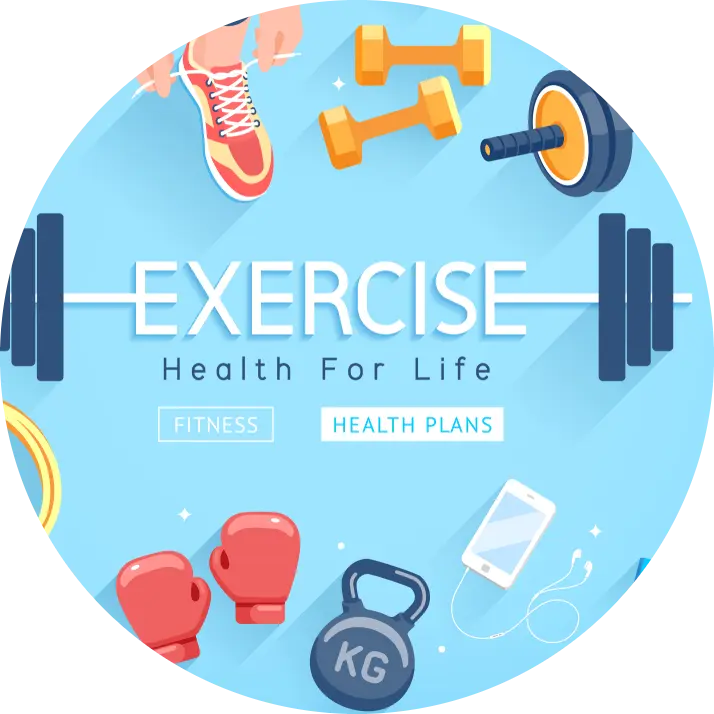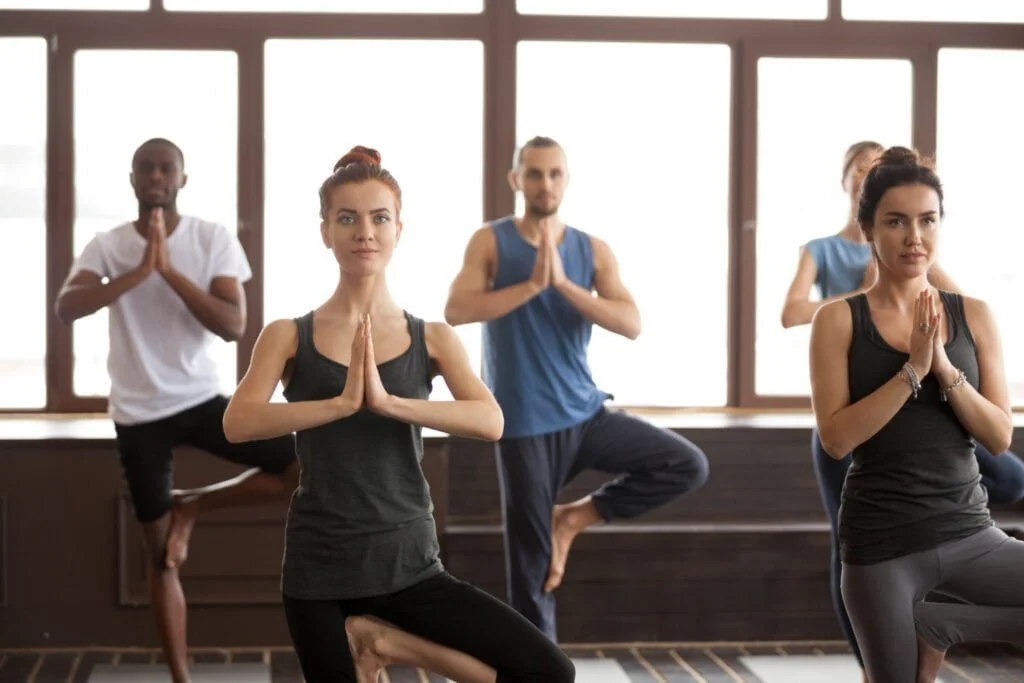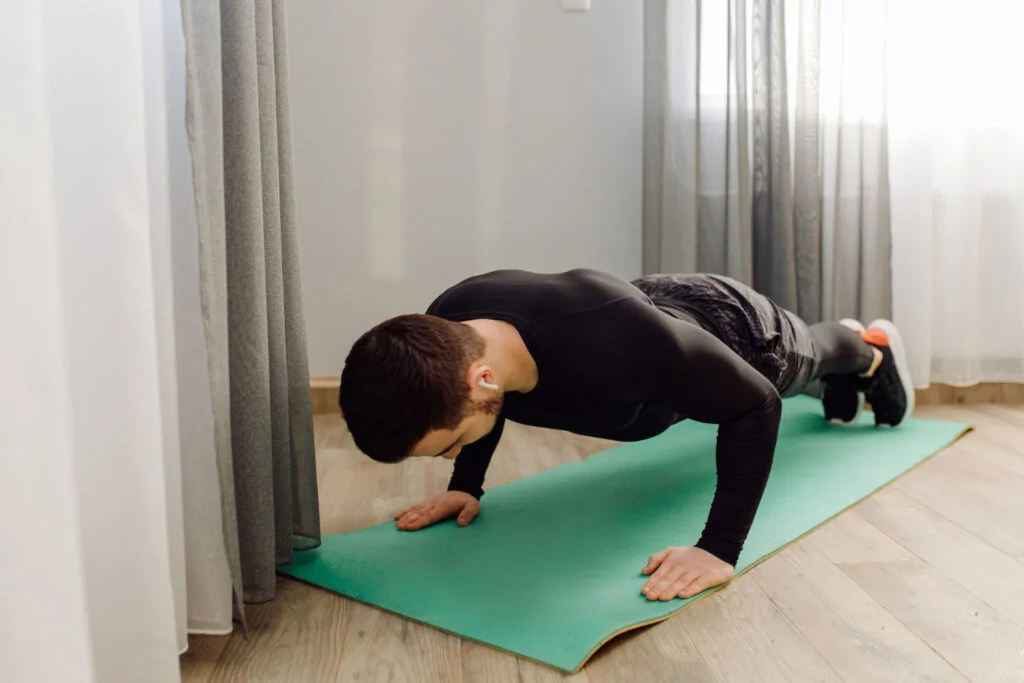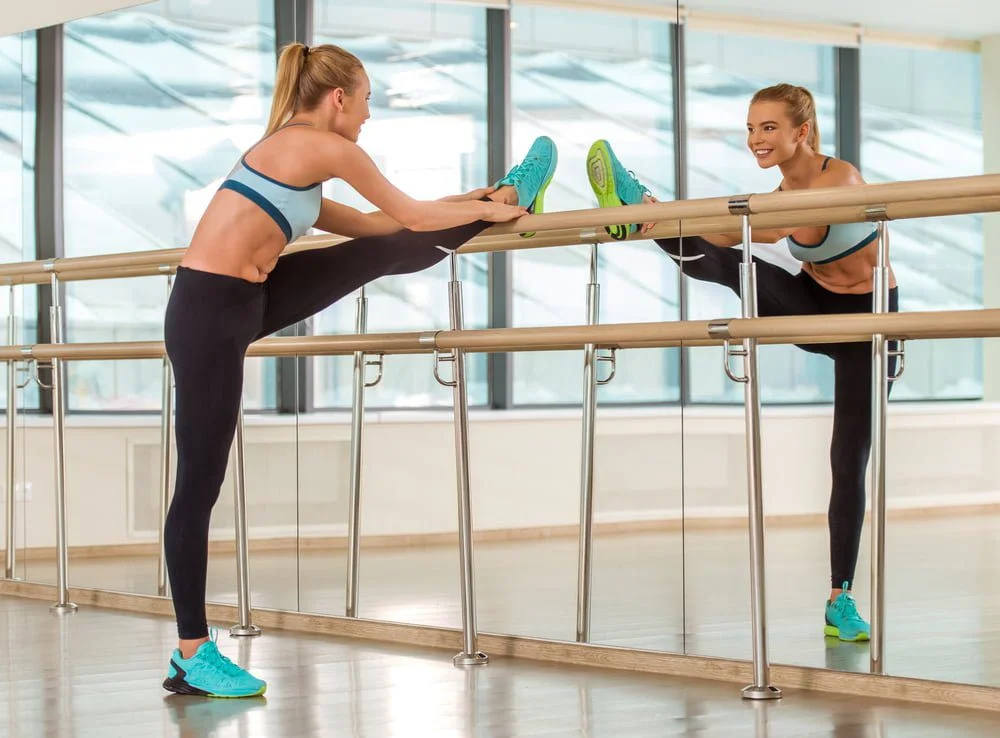Stretching is an essential part of any athlete’s routine, particularly for those involved in hurdles. Whether you’re a beginner or an experienced hurdler, understanding the importance of stretching can significantly enhance your performance and reduce the risk of injury. This comprehensive guide will delve into the benefits of stretching for hurdles, explore various techniques, and include insights from experienced experts.
What is Stretching and Why is it Important for Hurdlers?
Stretching involves extending the muscles to improve flexibility and range of motion. For hurdlers, this is crucial as it prepares the muscles for the explosive movements required to clear hurdles effectively. Stretching can be divided into two main types: static stretching, which involves holding a stretch for a period, and dynamic stretching, which involves moving through a range of motion.
Benefits of Stretching for Hurdlers.
1. Injury Prevention: Regular stretching helps maintain muscle elasticity, reducing the likelihood of strains and sprains.
2. Improved Performance: Enhanced flexibility allows for more efficient movements, helping hurdlers clear hurdles with greater ease.
3. Increased Blood Flow: Stretching increases blood circulation to the muscles, delivering essential nutrients and oxygen.
4. Better Posture and Balance: Stretching helps improve posture, which is essential for maintaining balance and coordination during hurdling.
Effective Stretching Techniques for Hurdlers.
Dynamic Stretching.
Dynamic stretching is particularly beneficial before a workout or competition as it helps warm up the muscles and prepares the body for the intense activity ahead. Here are some dynamic stretches ideal for hurdlers:
1. Leg Swings: Stand next to a wall for support and swing one leg forward and backward, gradually increasing the range of motion.
2. Lunges with a Twist: Step forward into a lunge, twist your torso towards the leading leg, and then return to the starting position.
3. High Knees: Run in place, bringing your knees up towards your chest as high as possible.
Static Stretching.
Static stretching is best done after a workout.
when the muscles are warm. This type of stretching helps improve flexibility and reduces muscle tension. Here are some effective static stretches for hurdlers:
1. Hamstring Stretch: Sit on the ground with one leg extended straight and the other bent. Reach towards the toes of the extended leg and hold the position.
2. Quadriceps Stretch: Stand on one leg, pull the opposite foot towards your buttocks, and hold it with your hand.
3. Calf Stretch: Stand facing a wall, place your hands on the wall, step one foot back, and press the heel into the ground.
4. Hip Flexor Stretch: Kneel on one knee with the other foot in front. Push your hips forward until you feel a stretch in the hip of the kneeling leg.
Expert Insights on Stretching for Hurdles.
To provide a deeper understanding of the importance of stretching for hurdles, we reached out to Coach Alex Thompson, a seasoned track and field coach with over 20 years of experience. Here’s what he had to say:
“Stretching is not just about flexibility; it’s about preparing your body for the specific demands of hurdling. Dynamic stretches are crucial before training or competition as they mimic the movements you’ll be performing. Post-training static stretches are equally important to enhance flexibility and aid in recovery.”
Scientific Evidence Supporting Stretching.
Scientific research underscores the importance of stretching in athletic performance and injury prevention. A study published in the *Journal of Strength and Conditioning Research* found that dynamic stretching significantly improves power and agility, which are critical for hurdlers. Another study in the *American Journal of Sports Medicine* highlighted that regular static stretching post-exercise reduces muscle soreness and the risk of injury.
Stretching Routine for Hurdlers.
To optimize your performance and prevent injuries, incorporating a well-structured stretching routine into your training is essential. Here’s a sample routine:
Pre-Workout Dynamic Stretching Routine (10-15 minutes).
1. Leg Swings: 10 swings per leg
2. Lunges with a Twist: 10 reps per leg
3. High Knees: 30 seconds
4. Butt Kicks: 30 seconds
5. Hip Circles: 10 circles per leg
Post-Workout Static Stretching Routine (10-15 minutes).
1. Hamstring Stretch: Hold for 30 seconds per leg.
2. Quadriceps Stretch: Hold for 30 seconds per leg.
3. Calf Stretch: Hold for 30 seconds per leg.
4. Hip Flexor Stretch: Hold for 30 seconds per side.
5. Butterfly Stretch: Hold for 30 seconds.
Frequently Asked Questions.
Bottom Line.
Stretching is a vital component of training for hurdlers. It enhances flexibility, prevents injuries, and improves overall performance. By incorporating both dynamic and static stretching routines, you can prepare your body for the demands of hurdling and ensure you remain agile and resilient throughout your athletic career.
Remember, consistency is key. Make stretching a regular part of your training regimen, and you’ll see significant improvements in your performance on the track. Take it from experts like Coach Alex Thompson, who emphasizes the importance of a balanced stretching routine tailored to the specific needs of hurdlers. Stay committed, stretch regularly, and keep clearing those hurdles with ease!

 Workout
Workout
 Meditation
Meditation




 Contact Us
Contact Us















